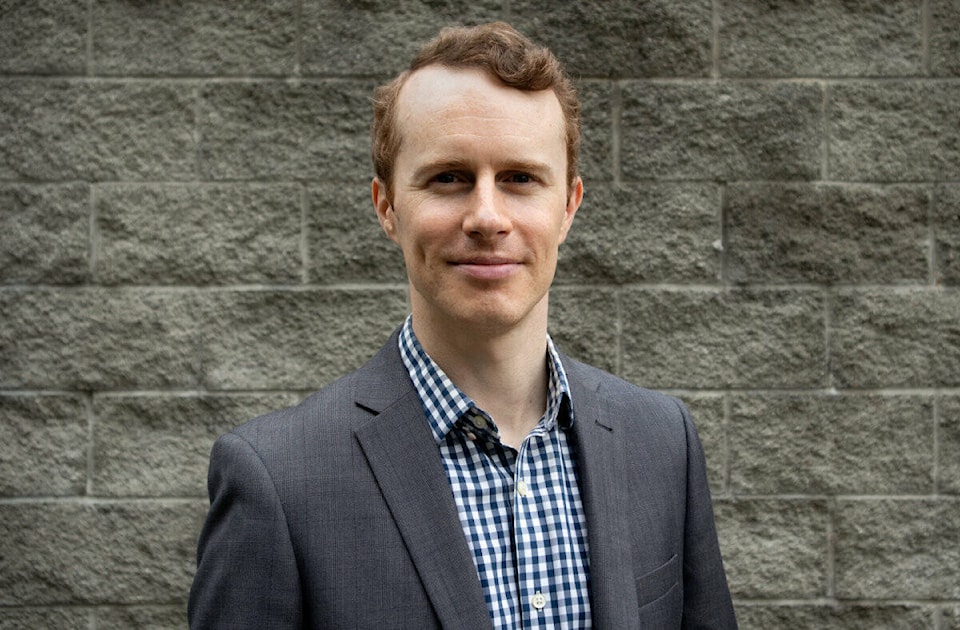In the face of a mounting housing crisis, what if B.C. could massively increase public investment in below-market rental housing – and that upfront investment could literally pay for itself, with no increase to taxpayer-supported debt?
While this might sound too good to be true, it simply follows from the basic logic of rental housing development.
When building new rental housing, the upfront costs of construction are offset by the stream of rental income the project generates over time. This is, of course, the premise on which private-sector rental housing developers base their business models. For them, building new housing is not a “cost,” but rather a way to generate substantial profits.
Similarly, when governments or the non-profit sector build rental housing, the investment can also be self-sustaining. But there’s a key difference: instead of generating profits, these housing projects can operate on a break-even basis with rents set at below-market rates.
Just how much cheaper can the rents be for this type of self-sustaining public rental housing?
RELATED: Provincial Community Housing Fund bringing 74 affordable rental units to downtown Chilliwack
RELATED: Nearly half of Chilliwack residents spending too much on rent
For-profit housing developer profits are often estimated to be about 15 per cent of costs. In addition, the government can borrow at cheaper interest rates than the private sector and can amortize those costs over a longer period of time (50 or more years if desired), both of which can further reduce break-even rents. As a result, rents could be set at least 15 to 20 per cent below market rates.
There are also a whole slew of additional ways to achieve even lower rents. These include waiving expensive underground parking requirements, building rental apartments on lower-priced land that is currently zoned exclusively for low-density detached housing, and cross-subsidizing between market rate and below-market units in the same building.
Economist Marc Lee estimates that a new wood frame rental building with moderate land costs, built on a public or non-profit basis, could achieve break-even rents of $1,520 for a one-bedroom.
Investing in self-financing public housing need not affect the provincial budget balance nor redirect tax dollars from other priorities. Indeed, several B.C. Crown corporations already cover their own capital and operating costs through dedicated income streams. BC Hydro’s borrowing is considered to be “self-supported debt,” since costs are covered by payments from selling electricity.
An ambitious public housing investment program could be structured in the same way. Imagine that B.C. undertook the mission to build this type of public housing at a rate of 10,000 – or even 20,000 – new below-market rental homes per year. This would mean a Crown corporation borrowing roughly $5-$10 billion per year in self-supported debt, backed by the rental income streams created.
The self-financing approach to public housing should be complemented by continuing and expanding the use of operating subsidies and upfront grants to achieve even lower rents in some buildings. This can be funded by taxing the huge windfalls of the wealthiest landowners.
There is simply no way out of B.C.’s housing crisis without addressing the chronic shortage of homes overall and the shortage of dedicated, non-market rental housing in particular. This crisis sometimes feels beyond our control, but a massive effort to build non-market rental housing is a policy option that’s achievable, affordable and waiting at our fingertips.
Alex Hemingway is a senior economist at the Canadian Centre for Policy Alternatives.
